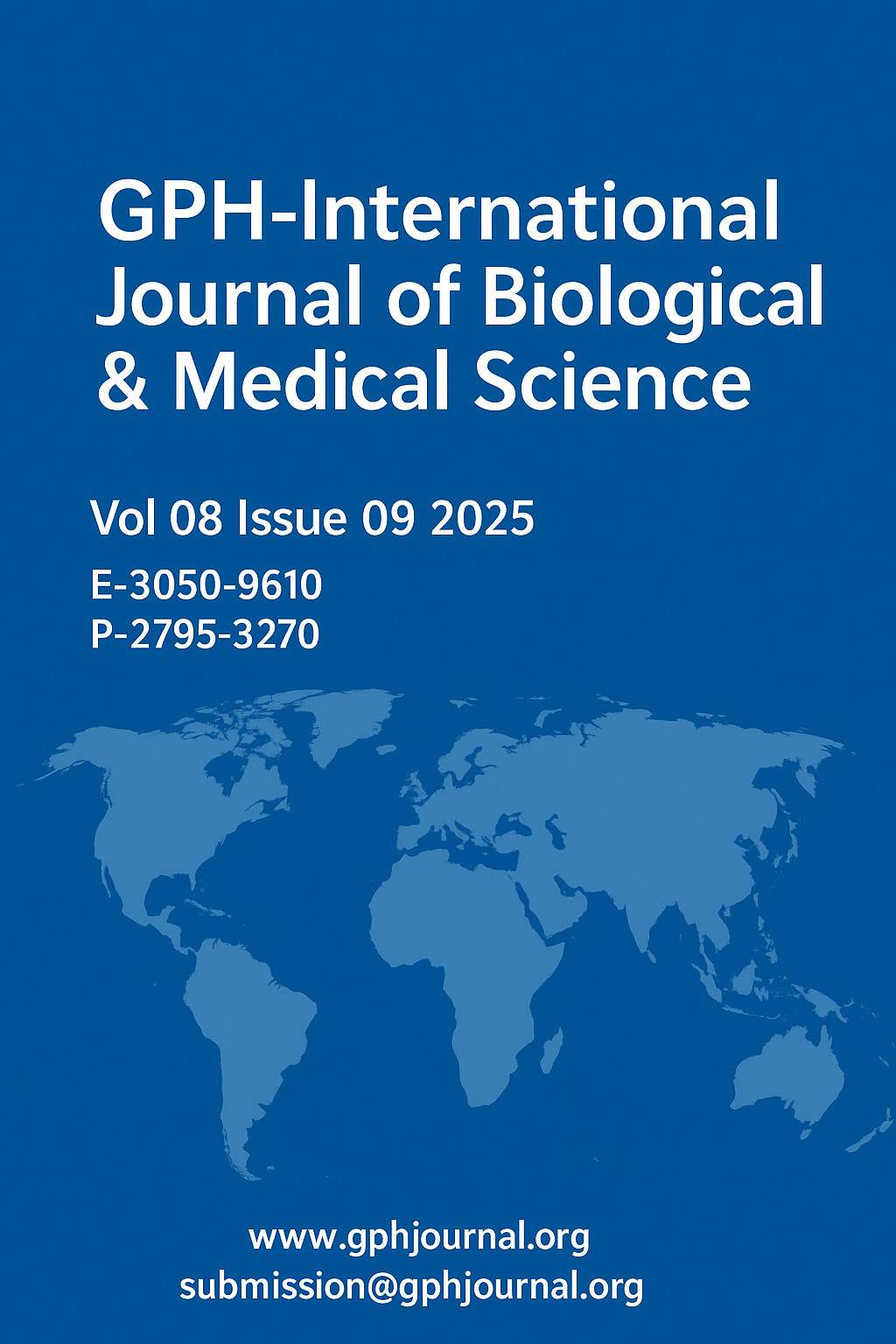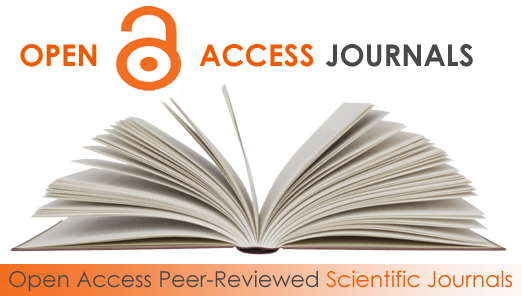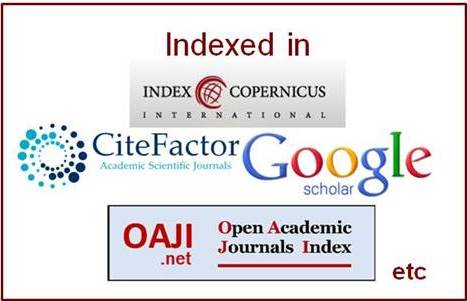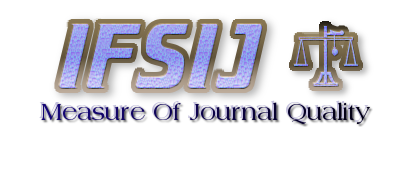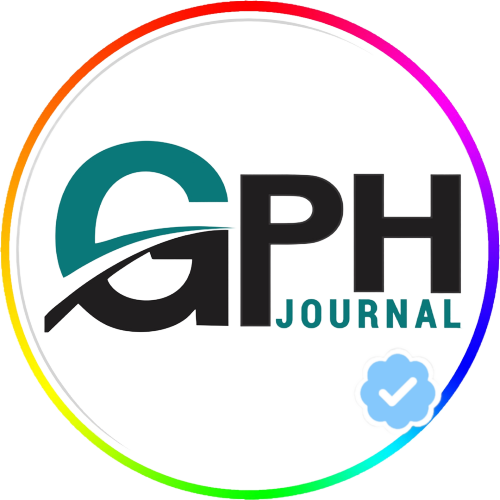MOLECULAR IDENTIFICATION OF PATHOGENS CAUSING ANTHRACNOSE DISEASE IN CHILI FRUIT (Capsicum frutescens L.) IN BALI PROVINCE
Abstract
Chili fruit found both in plantations and in markets, we often encounter anthracnose disease that damages chili fruit. The appearance of sick chili fruit is very disturbing for consumers to buy and use as a cooking flavouring. Molecular identification to determine the cause of the disease was first carried out in Bali Province, as a form of ensuring the species of fungus that damages chili fruit. The results of the study showed that fungal isolates were detected using the PCR method. Amplification was carried out with the forward primer ITS1 and reverse primer ITS4 to confirm the fungus in chili plants. Fungal DNA fragments were successfully amplified from all samples with a size of ±500 bp. The amplified DNA samples were then used for the sequencing stage to determine the fungal species. Sequencing analysis confirmed that the fungal sample on chili was the Colletotrichum capsici species with 99.6- 100% homology to several Colletotrichum capsici isolates in genebank.
Downloads
References
Badan Pusat Statistik Provinsi Bali. 2024. Badan Pusat Statistik Provinsi Bali (Statistics of Bali Province). Jl. Raya Puputan (Renon) No 1, Denpasar 80226.
Nari (National Agricultural Research Institute). 2003. Peppers. Postharvest Handling Technical Series. Post Care and Market Preparation. Ministry of Fisheries, Crops and Livestock New Guyana Marketing Corporation National Agricultural Research Institute. Technical Bulletin No.7. With the assistance of the United States Agency for International Development.
Sudarma I M. 2020. Mengenal penyakit tanaman cabai (Capsicum annum L.) dan cara pengendaiannya. Pelawa Sari 213 h (Indonesian language).
Manandhar, J.B., Hartman, G.L., Wang, T.C., 1995. Anthracnose development on pepper fruits inoculated with Colletotrichum gloeosporioides. Plant Disease, 79: 380-383.
Than, P.P., H. Prihastuti, S. Phoulivong, P.W.J. Taylor, and K.D. Hyde. 2008. Chili anthracnose disease caused by Colletotrichum species. Journal of Zhejiang University. Science B. 9(10): 764-778.
Than, P.P., Jeewon, R., Hyde, K.D., Pongsupasamit, S., Mongkolporn, O., Taylor, P.W.J., 2008. Characterization and pathogenicity of Colletotrichum species associated with anthracnose disease on chilli (Capsicum spp.) in Thailand. Plant Pathology, 57(3):562-572.
Than, P.P., Jeewon, R., Hyde, K.D., Pongsupasamit, S., Mongkolporn, O., Taylor, P.W.J., 2008. Characterization and pathogenicity of Colletotrichum species associated with anthracnose disease on chilli (Capsicum spp.) in Thailand. Plant Pathology, 57(3):562-572.
Isaac, S., 1992. Fungal Plant Interaction. Chapman and Hall Press, London, p.115.
von Arx, J.A., 1957. Die Arten der Gattung Colletotrichum Cda. Phytopathologische Zeitschrift, 29:414-468.
Manandhar JB, Hartman GL, Wang TC. Anthracnose development on pepper fruits inoculated with Colletotrichum gloeosporioides. Plant Disease. 1995;79:380–383.
Jeffries, P., Dodd, J.C., Jegerand, M.J., Plumbley, R.A., 1990. The biology and control of Colletotrichum species on tropical fruit crops. Plant Pathology, 39(3):343-366.
Bailey, J.A., Jeger, M.J. (Eds.), 1992. Colletotrichum: Biology, Pathology and Control.
Freeman, S., Katan, T., Shabi, E., 1998. Characterization of Colletotrichum species responsible for anthracnose diseases of various fruits. Plant Disease, 82(6):596-605.
Smith, B.J., Black, L.L., 1990. Morphological, cultural, and pathogenic variation among Colletotrichum species isolated from strawberry. Plant Disease, 74(1):69-76.
Denoyes, B., Baudry, A., 1995. Species identification an pathogenicity study of French Colletotrichum strains isolated from strawberry using morphological and cultural characteristics. Phytopathology, 85(1):53-57.
Mongkolporn, and P.W.J. Taylor. 2018. Vhilli anthracnose: Colletotrichum taxonomy and pathogenicity. Review. Plant Pathology 67:1255–1263.
Sreenivasaprasad, S., Mills, P., Meehan, B.M., Brown, A., 1996. Phylogeny and systematics of 18 Colletotrichum species based on ribosomal DNA spacer sequences. Genome, 39(3):499-512.
Moriwaki, J., Tsukiboshi, T., Sato, T., 2002. Grouping of Colletotrichum species in Japan based on rDNA sequences. Journal of General Plant Pathology, 68(4):307-320.
Du, M., Schardl, C.L., Vaillancourt, L.J., 2005. Using mating-type gene sequences for improved phylogenetic resolution of Colletotrichum species complexes. Mycologia, 97(3):641-658.
Photita, W., Taylor, P.W.J., Ford, R., Lumyong, P., McKenzie, H.C., Hyde, K.D., 2005. Morphological and molecular characterization of Colletotrichum species from herbaceous plants in Thailand. Fungal Diversity, 18:117-133.
Cannon, P.F., Bridge, P.D., Monte, E., 2000. Linking the Past, Present, and Future of Colletotrichum Systematics. In: Prusky, D., Freeman, S., Dickman, M. (Eds.), Colletotrichum: Host specificity, Pathology, and Host-pathogen Interaction. APS Press, St. Paul, Minnesota, p.1-20.
Mitchell, J.R., Roberts, P.J., Moss, S.T., 1995. Sequence or structure? A short review on the application of nucleic acid sequence information to fungal taxonomy. Mycologist, 9:67-75.
Moriwaki, J. et al. (2002) Grouping of Colletotrichum species in Japan based on rDNA sequences. J. Gen. Plant Pathol. 68, 307-320.
Koronivia Research Station, 2024. Fact Sheet: Chilli Anthracnose. Agriculture and Waterways.
Halsted, B.D., 1890. A new anthracnose of pepper. Bulletin of the Torrey Botanical. Club., 18:14-15.
Author(s) and co-author(s) jointly and severally represent and warrant that the Article is original with the author(s) and does not infringe any copyright or violate any other right of any third parties, and that the Article has not been published elsewhere. Author(s) agree to the terms that the GPH Journal will have the full right to remove the published article on any misconduct found in the published article.
